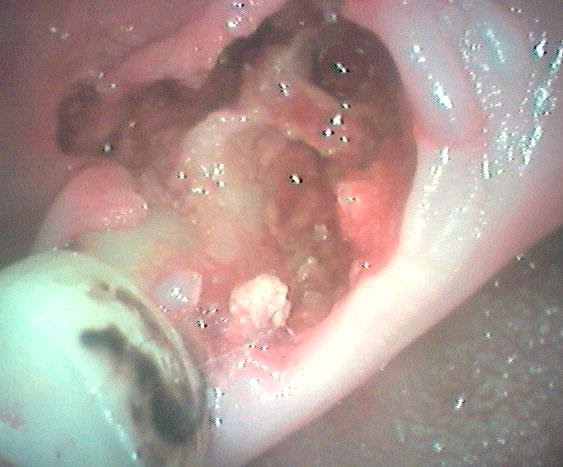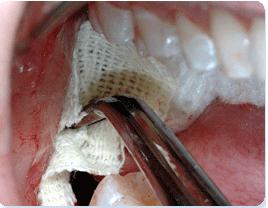No one truly enjoys the experience of having a tooth pulled out. Feeling slight discomfort afterwards is also natural. The pain can be endured to a certain extent but when it gets intensely painful, refusing to go away even after several days, then people should definitely be concerned that it could be a symptom of a condition known as alveolar osteitis or dry socket.
Dry socket after a tooth extraction is developed merely by a very small percentage of people, around 2% to 5% of them. Nonetheless, dry socket is a condition can cause a lot of discomfort to those who have it. Luckily, this condition can be easily treated.
Dry Socket Causes
The hole in the bone present after the removal of a tooth is known as the socket. The bone and nerves under a removed tooth are usually protected by the formation of a blood clot. A few days after a tooth is extracted, that blood clot can even dissolve or dislodge. The bone and nerve are then left exposed to air, food, fluid and just about anything that might enter the mouth. An infection and sever pain lasting for five to six days is caused by this.
While it is hard to pinpoint the exact cause of dry socket, several issues are at play that can be suspected as the cause of this condition. Smoking, poor oral hygiene, the removal of wisdom teeth, severe bone and tissue trauma during tooth removal, using birth control pills, are some of the factors that increase the chances of an individual to get dry socket.
Dry Socket Symptoms
In case of dry socket, a dry-looking opening can be seen into the site where a tooth is removed. While there should be a blood clot, but in case of dry socket there will merely be a bone. Two days after tooth removal, people will start experiencing intense pain, in the case of dry socket. As the pain becomes more severe it can even be felt in the ear as well. Bad breath, including an unpleasant taste and smell in the mouth for no apparent reason are also symptoms of dry socket.
Dry Socket Treatment
When it comes to easing the discomfort, a nonsteroidal anti-inflammatory drug (NSAID) like aspirin or ibuprofen can be taken. Then again at times the pain is not relieved by these over-the-counter medications. In that case, a stronger drug or a nerve block can be prescribed by a doctor.
To promote healing, it is even wise to have the tooth socket cleaned by a dentist, so that any debris from the hole can be removed and it can be filled with some special paste or medicated dressing.
Till the socket has fully healed and the pain has lessened, people would then have to regularly visit the dentist for dressing changes. To prevent further infections in the socket, a dentist will also prescribe antibiotics and will insist on the use of a special mouth wash. Finally dental implants are placed once the socket has healed completely after one or two weeks.


Very useful information on dry socket. Thanks for sharing this.